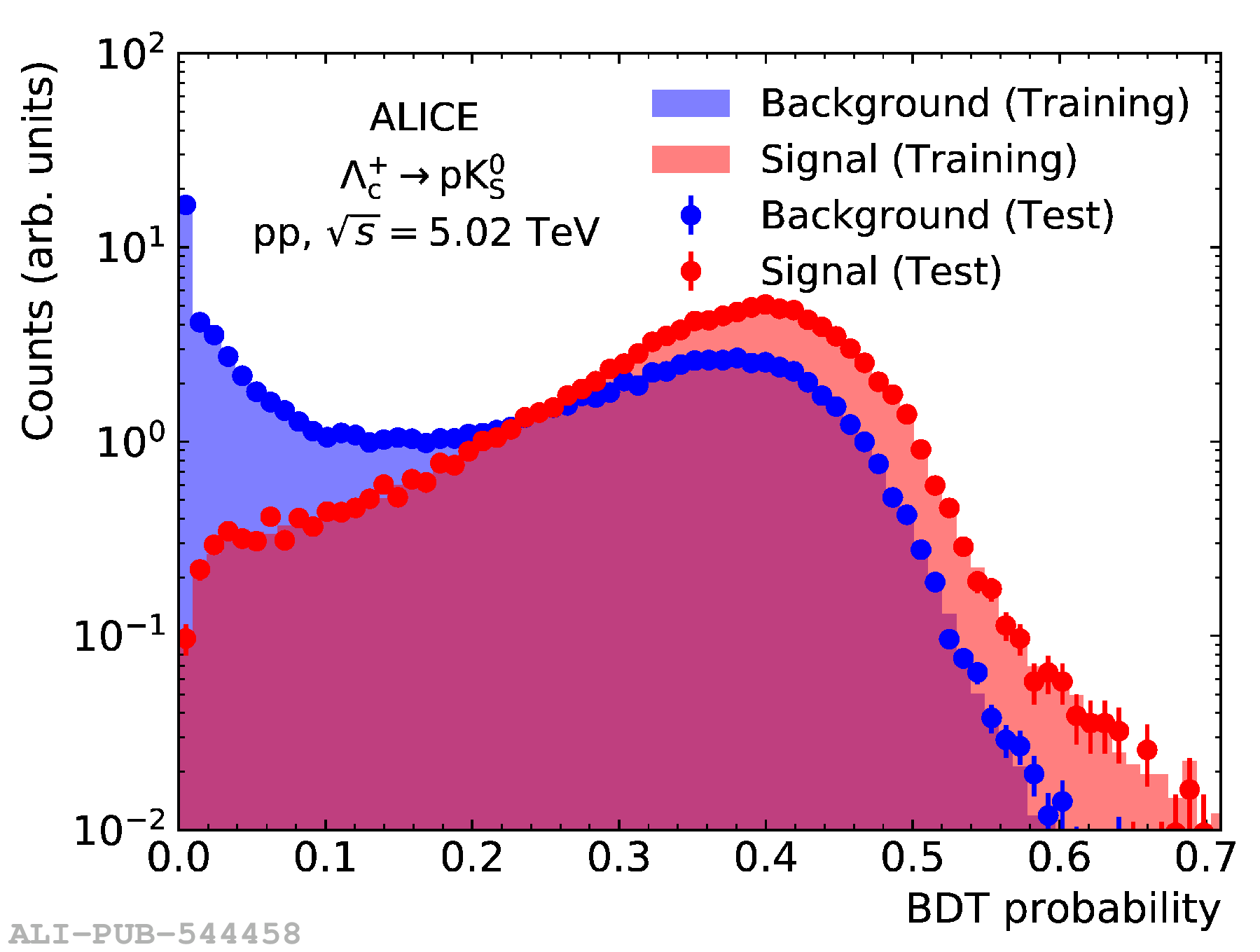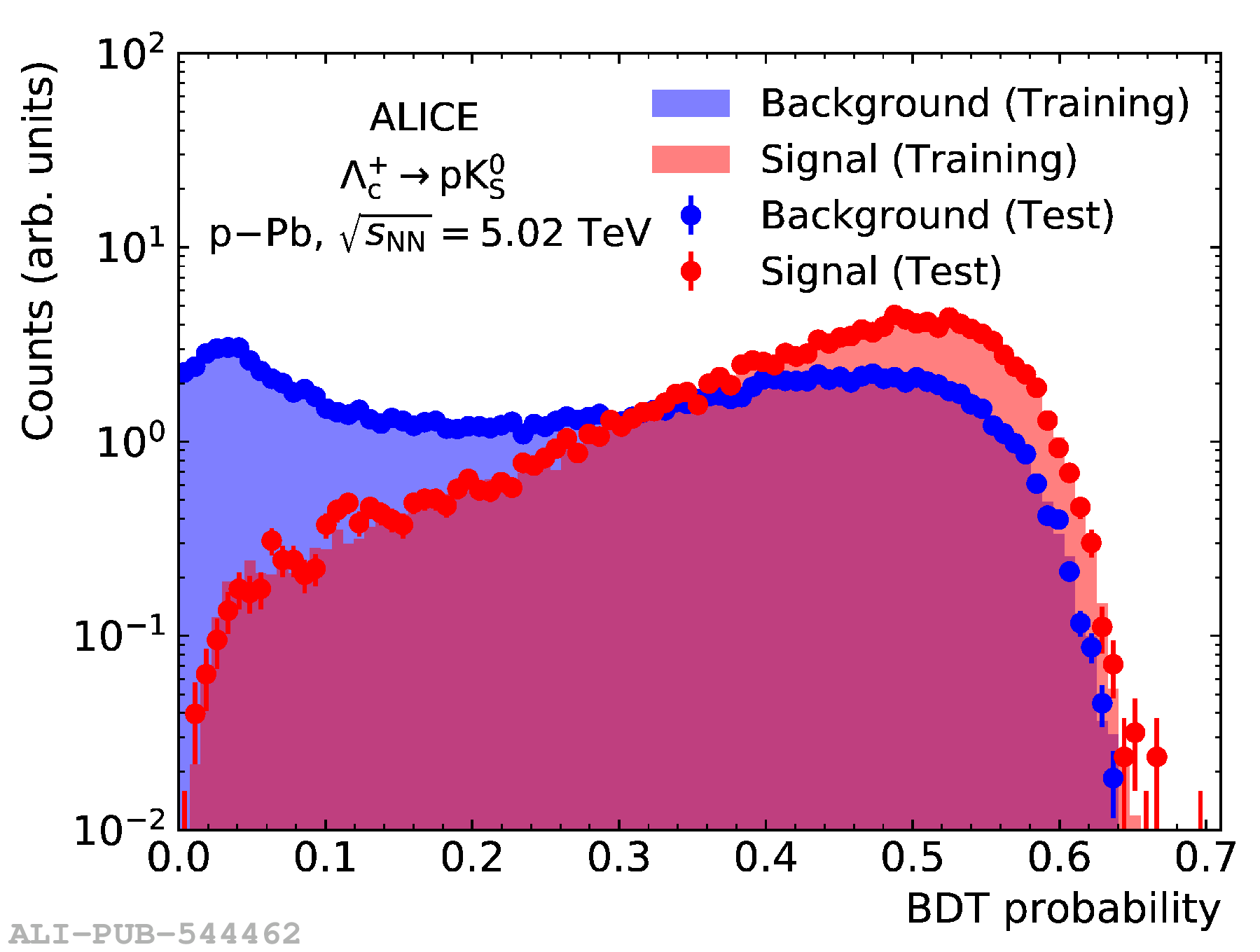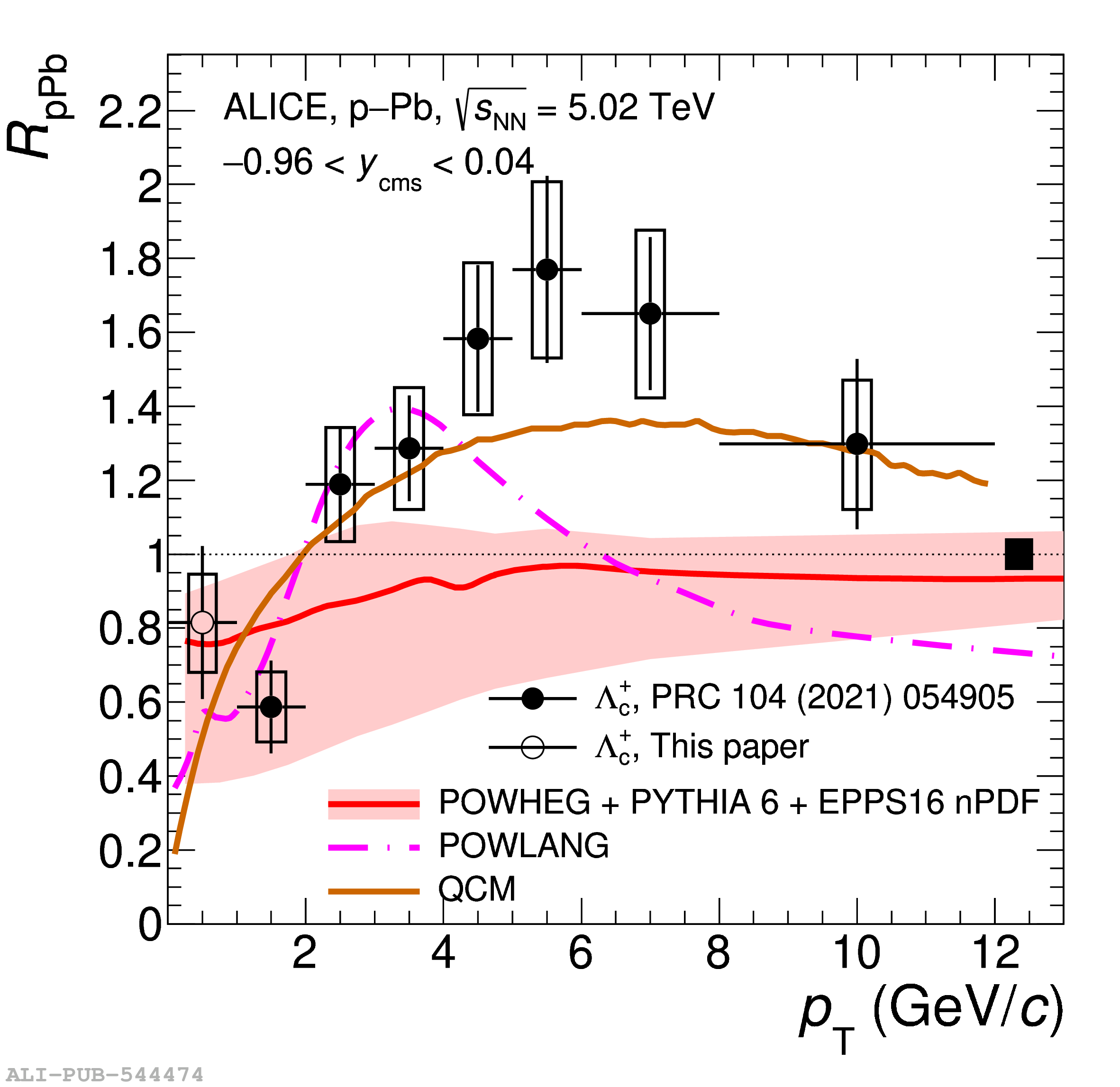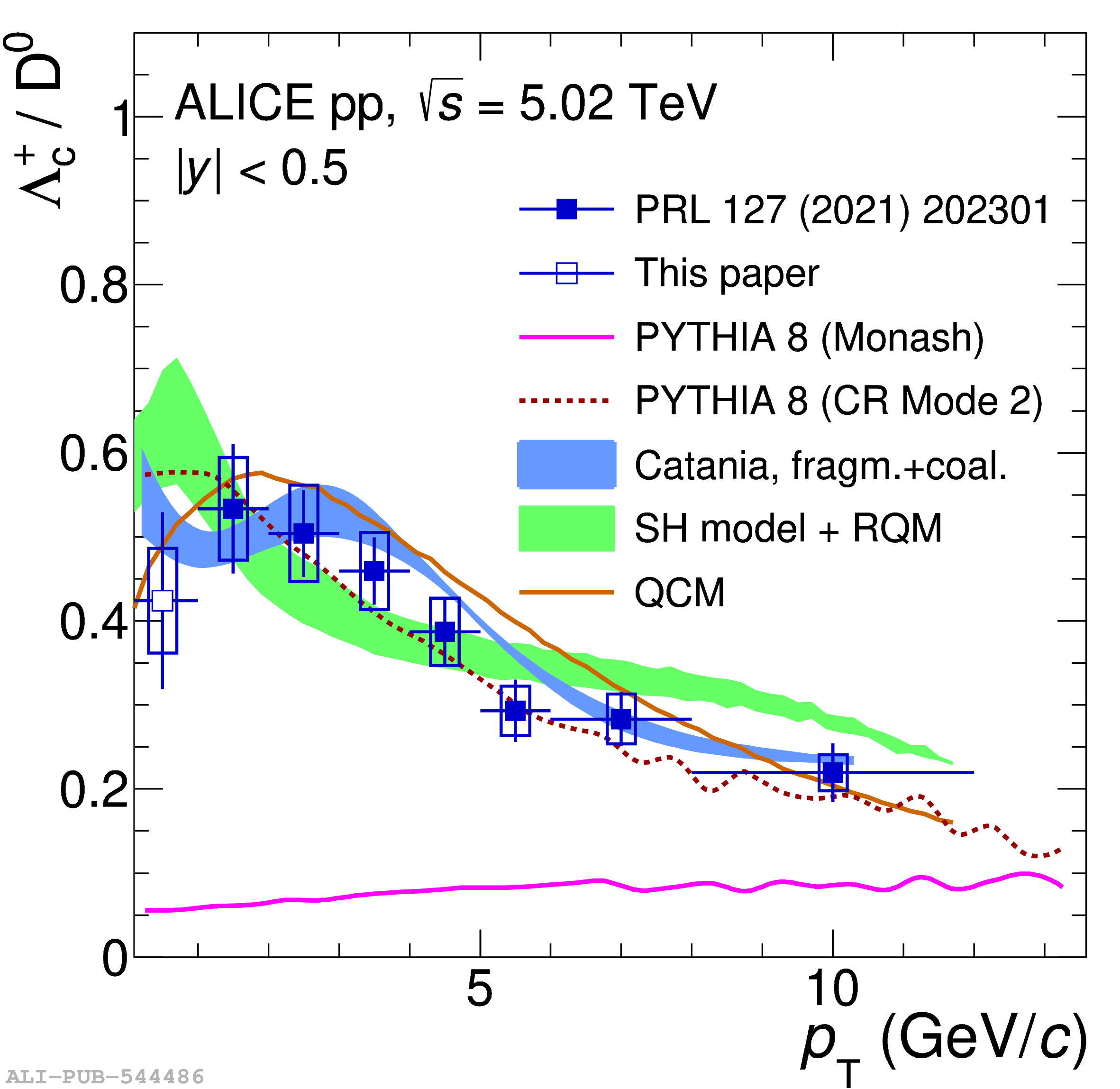The production of prompt $\mathrm {\Lambda_{c}^{+}}$ baryons has been measured at midrapidity in the transverse momentum interval $0<~p_{\rm T}<~1$ GeV/$c$ for the first time, in pp and p-Pb collisions at a centre-of-mass energy per nucleon-nucleon collision $\sqrt{s_\mathrm{NN}} = 5.02$ TeV. The measurement was performed in the decay channel ${\rm \Lambda_{c}^{+}\to p K^{0}_{S}}$ by applying new decay reconstruction techniques using a Kalman-Filter vertexing algorithm and adopting a machine-learning approach for the candidate selection. The $p_{\rm T}$-integrated $\mathrm {\Lambda_{c}^{+}}$ production cross sections in both collision systems were determined and used along with the measured yields in Pb-Pb collisions to compute the $p_{\rm T}$-integrated nuclear modification factors $R_{\rm pPb}$ and $R_\mathrm{AA}$ of $\mathrm{\Lambda_{c}^{+}}$ baryons, which are compared to model calculations that consider nuclear modification of the parton distribution functions. The $\mathrm{\Lambda_{c}^{+}/D^0}$ baryon-to-meson yield ratio is reported for pp and p-Pb collisions. Comparisons with models that include modified hadronisation processes are presented, and the implications of the results on the understanding of charm hadronisation in hadronic collisions are discussed. A significant ($3.7\sigma$) modification of the mean transverse momentum of $\mathrm {\Lambda_{c}^{+}}$ baryons is seen in p-Pb collisions with respect to pp collisions, while the $p_{\rm T}$-integrated $\mathrm{\Lambda_{c}^{+}/D^0}$ yield ratio was found to be consistent between the two collision systems within the uncertainties.
Phys. Rev. C 107 (2023) 064901
HEP Data
e-Print: arXiv:2211.14032 | PDF | inSPIRE
CERN-EP-2022-261
Figure group








